Talking Points
- Price Hovers Near Range Resistance
- Range Support Sits at 1.4533
- Price Above R4 Signals a Breakout
EURCAD 30min Chart
For the beginning of Wednesdays trading, the EURCAD remains locked between defined values of support and resistance. Range resistance, as marked above by the R3 camarilla pivot, resides at 1.4566. Range support is found below at 1.4533 creating a 33 pip trading range for the pair. Traders looking for a potential price reversal will monitor the EURCAD under resistance while looking for a move back towards price support.
A breakout should also always be in consideration, in the event that range bound markets come to a conclusion. Utilizing camarilla pivots, a breakout would be identified by price moving above either the R4 resistance pivot or the s4 support pivot. Currently the R4 camarilla pivot sits at 1.4583.A price advance over this value would signal a change in market conditions, in which traders should consider concluding any range trades. A break of R4 would also suggest a move to higher highs where traders may consider entries with the markets new influenced direction.
---Written by Walker England, Trading Instructor
More...


 LinkBack URL
LinkBack URL About LinkBacks
About LinkBacks

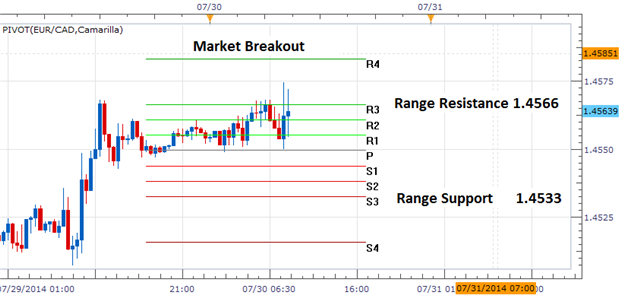






 Reply With Quote
Reply With Quote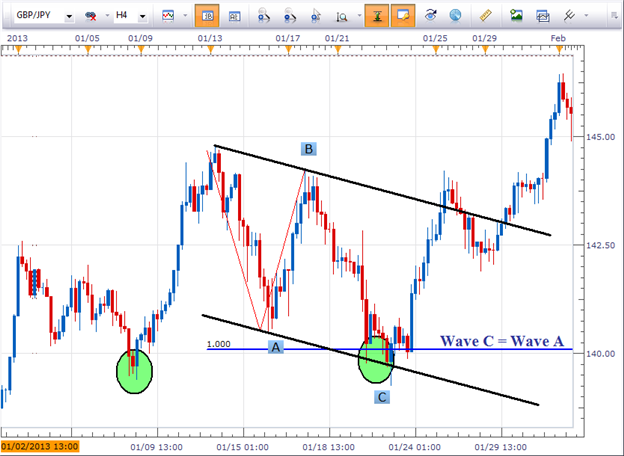

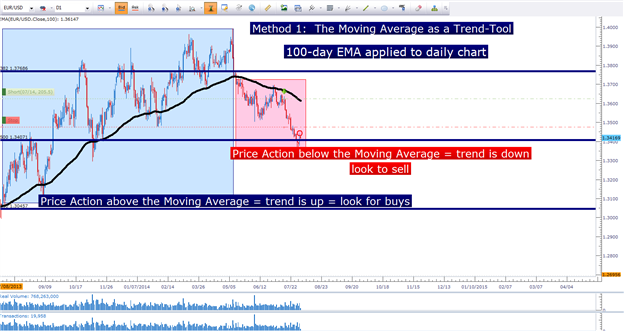





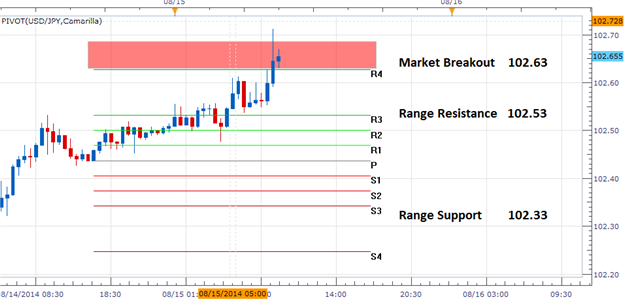
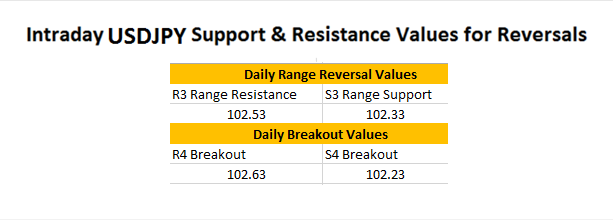
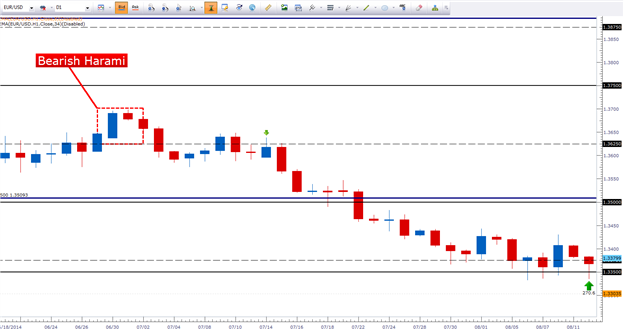



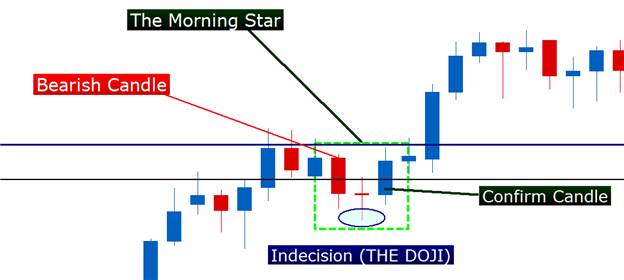
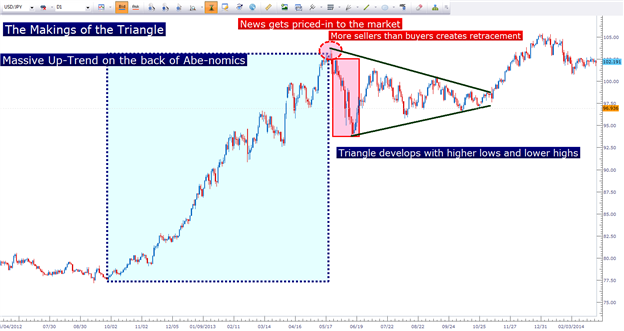

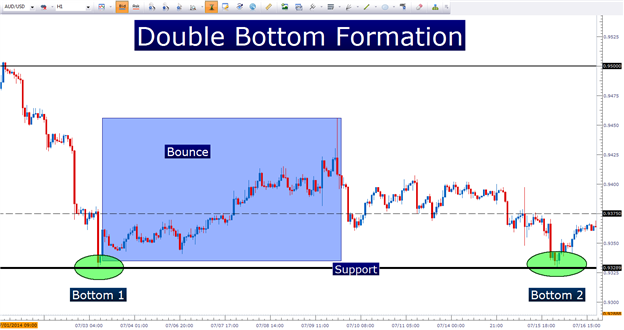
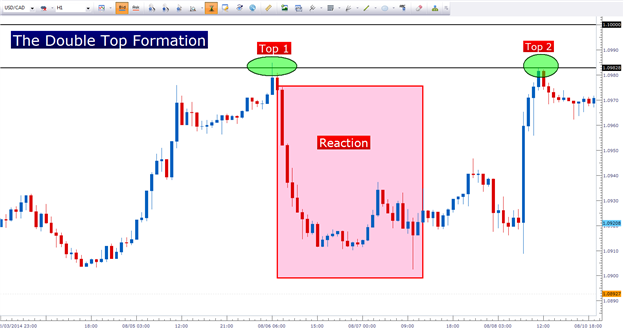
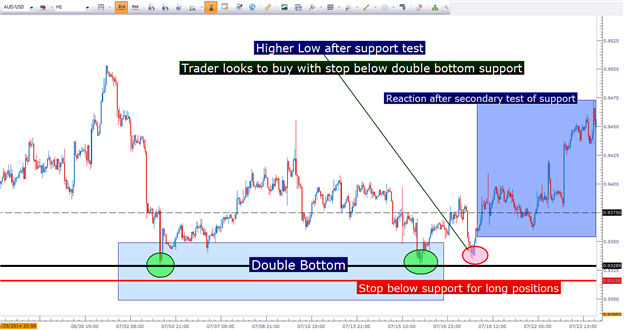
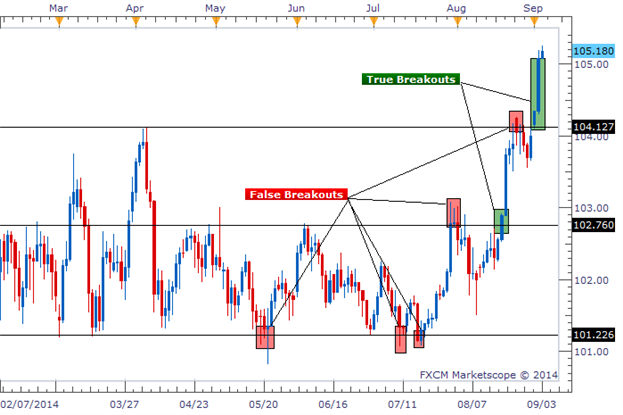

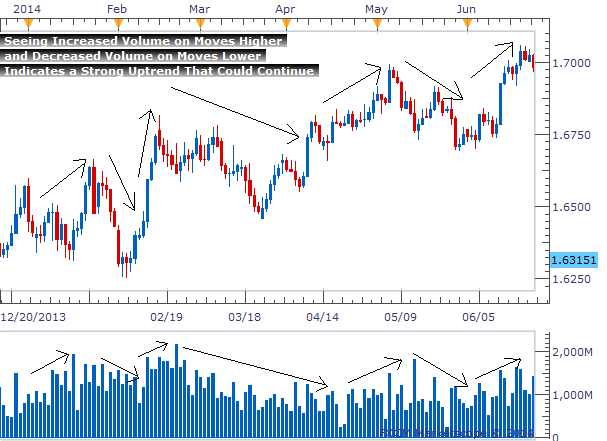
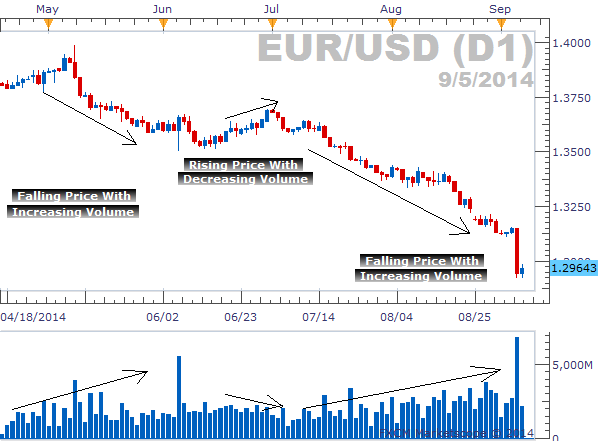


Bookmarks